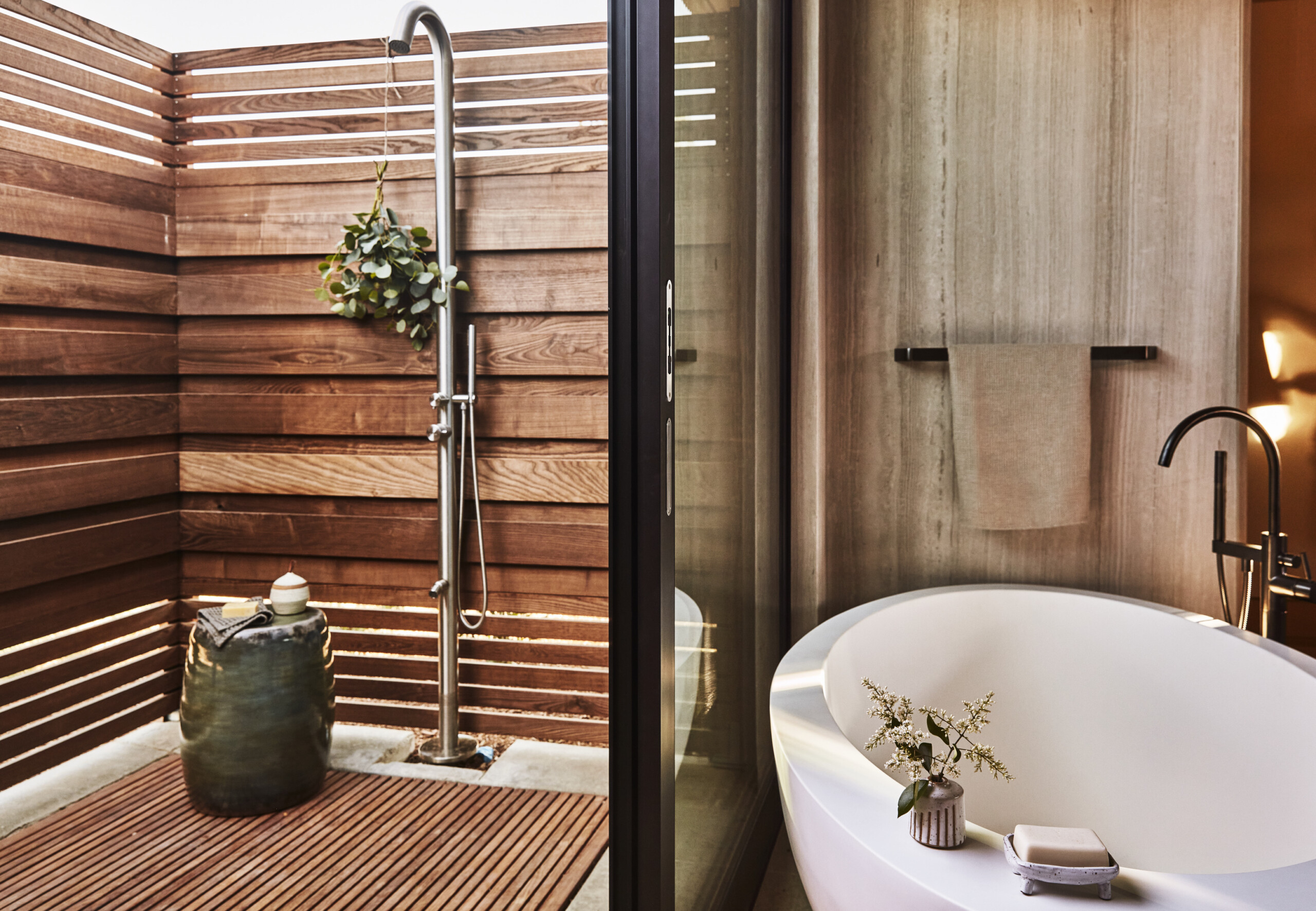It seems we can’t find what you’re looking for. Perhaps searching can help.
Nothing Found
Creating places that can’t be built by anyone else
…for anyone else.

It seems we can’t find what you’re looking for. Perhaps searching can help.
Creating places that can’t be built by anyone else
…for anyone else.